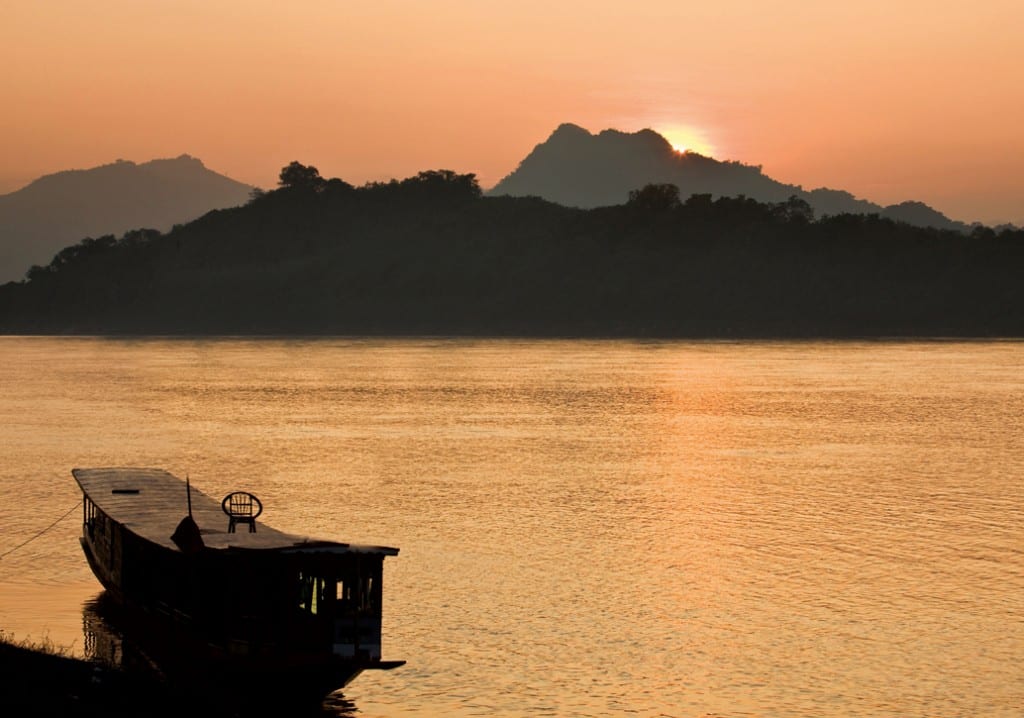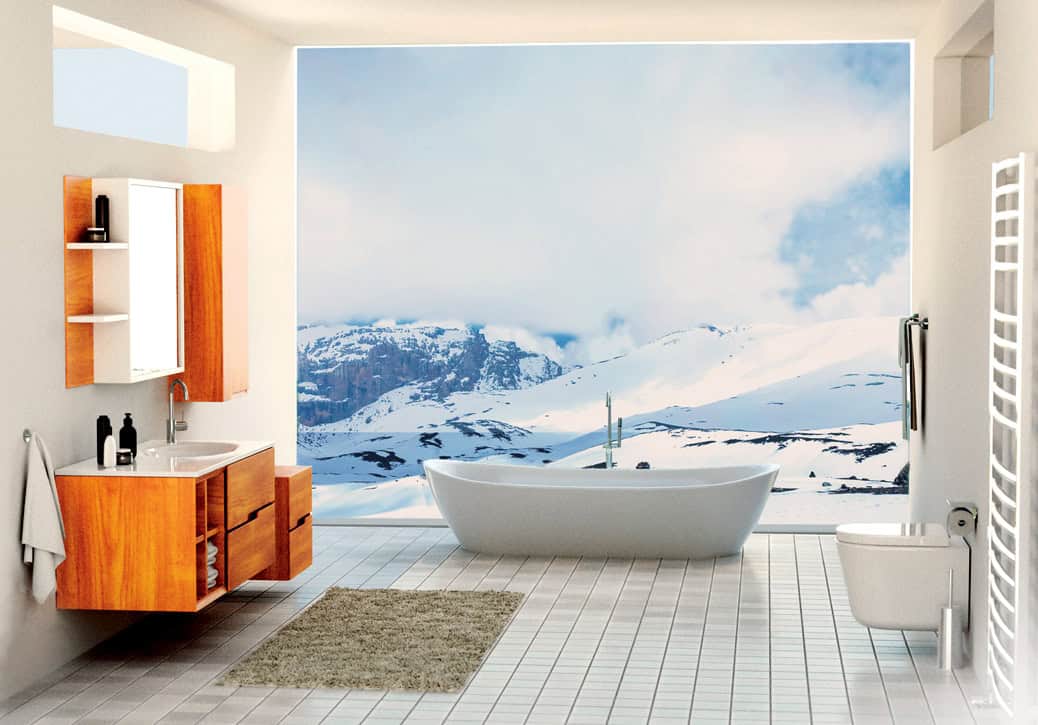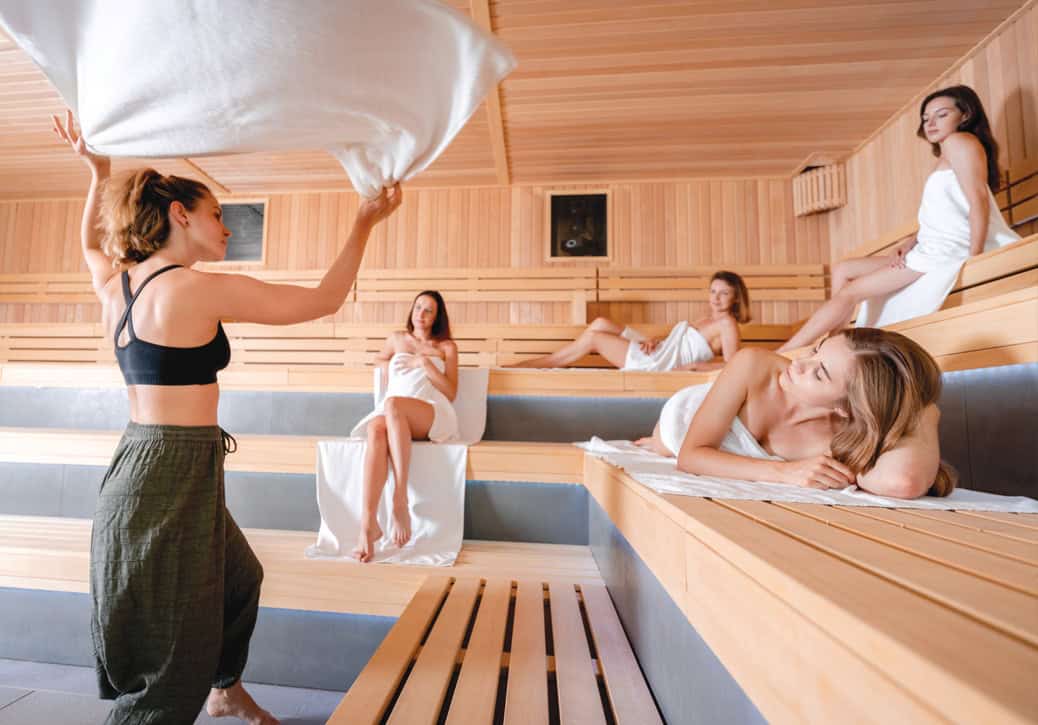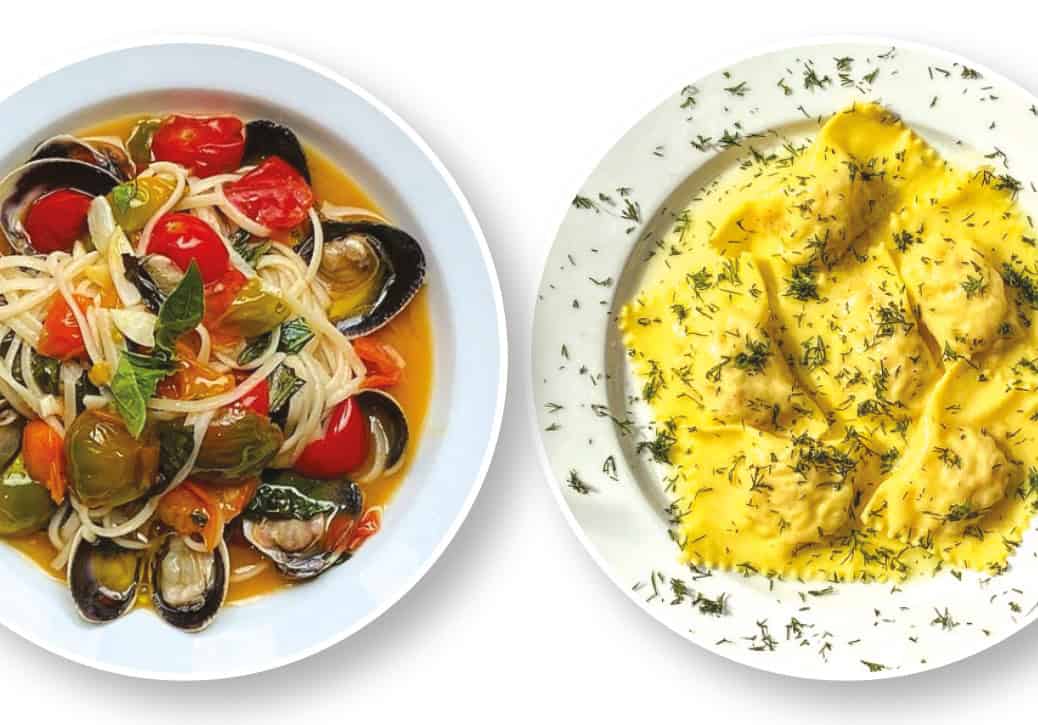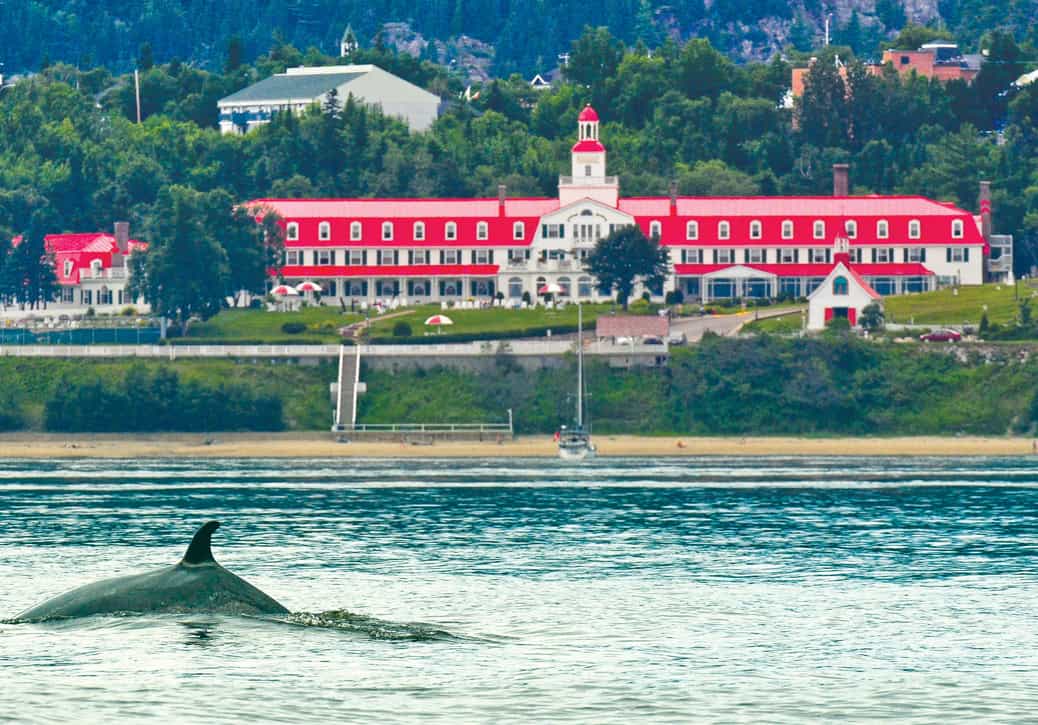Luang Prabang, Laos…Lush landscapes, tropical jungles and secluded villages
By Keith Edwards
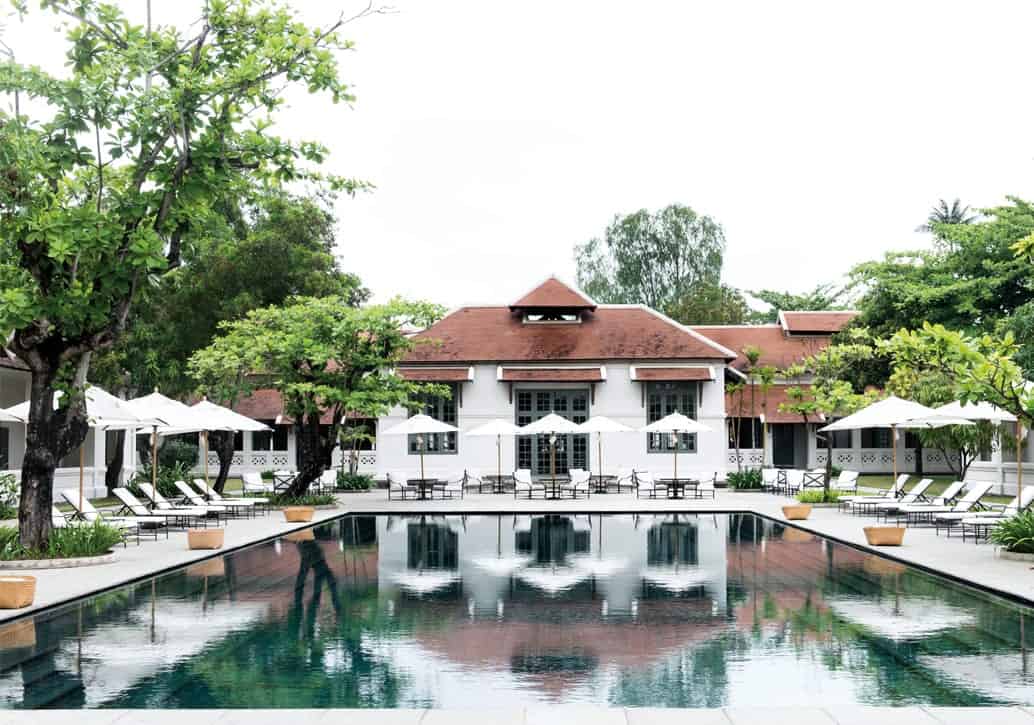 With its chirpy misty mornings, dogs snoozing at midday and the soft warmth of evening, Luang Prabang is a place of sweet-tempered geniality.
With its chirpy misty mornings, dogs snoozing at midday and the soft warmth of evening, Luang Prabang is a place of sweet-tempered geniality.
A handwritten sign, carefully propped on a crumbling windowsill that I happen to walk by, says it all…“Take a slow boat to sunset.” Ah, the peacefulness of it all. As luck would have it, I’m here to explore two unique hotels: The Amantaka, a sleek über-cool in-town property; and the traditional, hilltop-style Belmond La Résidence Phou Vao.
Amantaka
Arriving at the Amantaka, I‘m struck by its whitewashed Indochina-colonial look. Broad, open verandas are set into expansive, nicely clipped lawns. Inside, clean white walls and furnishings are set off by taupe grey shutters and doors. I half expect to be shooed off set by a film crew shooting a 1920s’ costume drama. Even the demure reception staff could be extras.
With a bit of sleuthing, I discover that the original building was built by the French as a hospital during that era. Today, after a painstaking renovation, the estate has been reborn as a 24-suite Aman hotel. A lovely oasis of calm away from the bustle of the city, there are three rambling acres of gardens and courtyards where the hotel’s team of horticulturalists seem to immediately banish every fallen leaf or petal. The suites off the courtyard are the most spectacular. Sixteen have private pools.
As with other Aman hotels, there’s a natural blend with the local environment and culture, with guests able to take bespoke tours to tribal villages. In the elegant library, invited scholars provide an introduction to Lao textiles, art or culture. And for those with more hedonistic interests in mind, the meticulously appointed spa is easy to find. Aside from its south-east Asian wellness experiences, which put a tired soul to rest, I was charmed by the unusual (but delicious) local pandan tea—sweetened with honey, of course.
Belmond La Résidence Phou Vao
To the west of town I find myself on the “hill of kites,” so named because some 50 years ago, a former royal residence allowed young Lao princes to come here to practice their kite flying. After the civil war, the grand home became a government guesthouse for foreign dignitaries. In 2006 it was enlarged, modernized and re-named La Résidence Phou Vao.
Time here slips effortlessly into serene local rhythms, as guests quietly come and go. The hotel itself is an intriguing blend of colonial and Lao architecture, with lush landscaped surrounds. Gazing over the Belmond’s mirror-like infinity pool to a distant temple on wooded Mount Phousi, it’s as if I’m on the edge of a remote village that time forgot. A moment’s inattention and it may well be that the magical butterfly-flitting gardens will return to the jungle.
Rooms and suites, with their highly polished teak doors, shutters and floors, are cozily inviting. And Lao culture is celebrated by the hotel with daily activities for guests: Traditional dance and music, archery, an interpretive visit to a monastery or a bespoke trip to participate in a Baci ceremony performed by a local village shaman. For an extra-special occasion, a private, nine-course dinner can be arranged within the elegant Phou Vao’s Spirit Gardens, where you will be surrounded by 500 candles. A private musician provides entertainment during cocktails and dinner, and the experience culminates in a spectacular lantern release.
Bamboo Tree kitchen
There is no shortage of good restaurants in Luang Prabang. My personal favourite is the Bamboo Tree, which has two locations in the east end of town. The site on the Nam Khan river is the quieter, less formal of the two. Chef Linda Rattana also runs a cooking school here. Lao food, she tells me, uses fresh, healthy ingredients such as galangal (a type of ginger), lemongrass, shallots and herbs. The kitchen’s “traditional sampler platter” is a perfect introduction to this light, flavourful cuisine, and includes Lab Kai, Chef Rattana’s signature dish.
Traditional Arts and Ethnography Centre
This is a small but excellent museum of indigenous textiles and is well worth a visit. There is also a tiny gift shop. For a larger selection of textiles, the four shops run by Ock Pop Tok are recommended. There is also a superb Living Crafts Centre a short distance out of town, where you can see the weavers at work on their intricate looms.
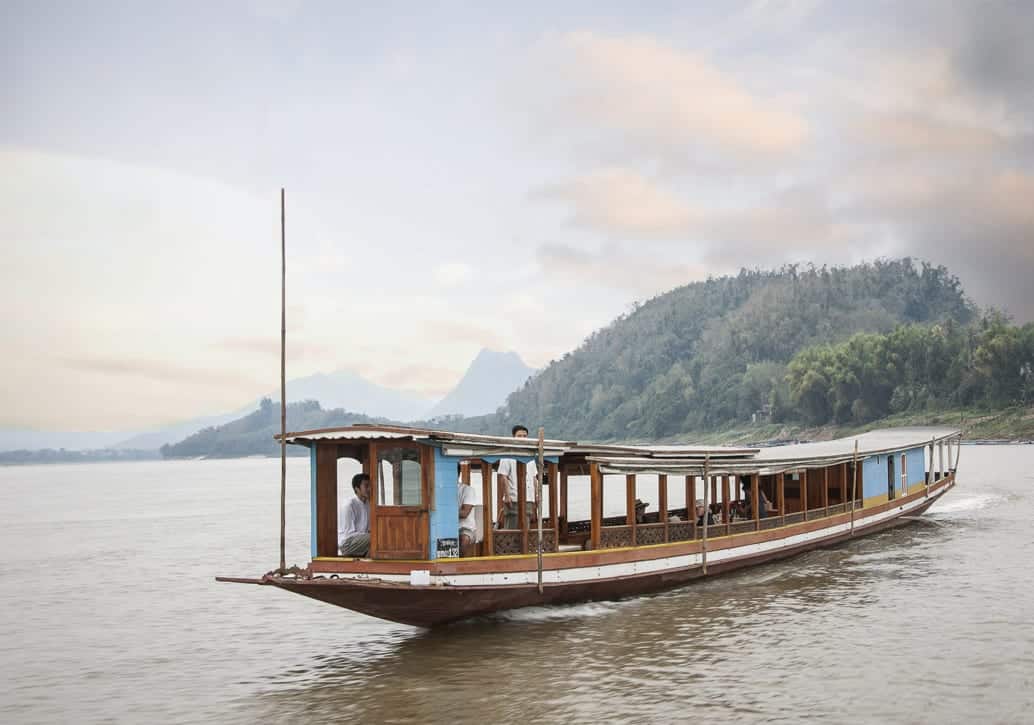 Cruising the Mekong
Cruising the Mekong
The slightly more adventurous might like to take the local ferry across the Mekong river to the traditional village of Ban Xieng Maen. At the top of the hill, take the path to your right to the Wat Chom Phet temple for a view of the town. Sunset cruises on the Mekong are hosted in rudimentary long boats. La Résidence has its own luxurious craft, and offers an indulgently romantic champagne cruise.
Ancient temples
There are more temples in Luang Prabang than you can reasonably visit. But don’t miss the exceptional and exquisitely restored Wat Xieng Thong at the west end of the peninsula. Get there early to enjoy a quiet, reflective visit.
The pre-dawn walk through the streets by monks to receive alms is a remarkable religious ceremony. Unfortunately, during my visit it was marred by thoughtless tourists thrusting flashing cameras in the monks’ faces or getting too close. For a respectful, mostly tourist-free photo opportunity, I was advised to position myself discreetly on the east side of Sisavangvattana Road. This is the street that many of the last few monks turn down after walking along Sakhalin Road.
Elephant tours
These tours are a big draw, but the responsible and ethical use of these magnificent animals is a real concern. In the interests of more humane treatment, the locally owned Elephant Village Sanctuary & Resort was the first to ban the use of howdahs (heavy riding canopies for two people). Overnight stays at an Elephant Village jungle camp are also available, as is a stay in a “tent” at Shangri Lao adjoining the camp. Recently, the Prince of Monaco and his guests helicoptered in and took over the entire camp.

